Vasai Fort is a fort city complete with churches, hospitals, learning institutions and other administrative and community places. It was for this reason that the Portuguese used it as their commercial and military base on the northwestern cost in India. Surrounded on three sides by the sea and only accessible by land on one side, Vasai Fort proved tough to conquer. A very high and strong wall on the land side made it one of the most impenetrable forts. The Portuguese were known to be fierce seafarers and they had a large fleet defending the fort from the seaside, thus making this fort completely invincible. The Fort was also used as the official residence of the Portuguese governor when he made his visit to the northern region.
Marathas took control under the leadership of Chimaji Appa the younger brother of Baji Rao Peshwa. They have placed Victory Symbols in the fort; they also took away the church bells as victory symbols and placed Portuguese era church bells in temples across Maharashtra. The British shortly took over the territory from the Marathas as the price of supporting one faction of Marathas against another in 1780 and officially handed over to the British with the Treaty of Bassein in 1802 that we study in school. The ASI took control in 1904.
The First Portuguese Inscription in the Vasai Fort 1536 which on the citadel mention the fort was built by the captain of the Fort Garcia Desa as instructed by 9th Governor Nano Da Chuna. Citadel of Saint Sabestine or the Bale killa is the inside fort and was first built by the Portuguese to protect the Province in 1535/36. Sabestine was the name of King of Portugal as well. It has the marks & inscriptions of the Portuguese coat of arms, arrowed weapons, Cross of Christos, and a Sphere.
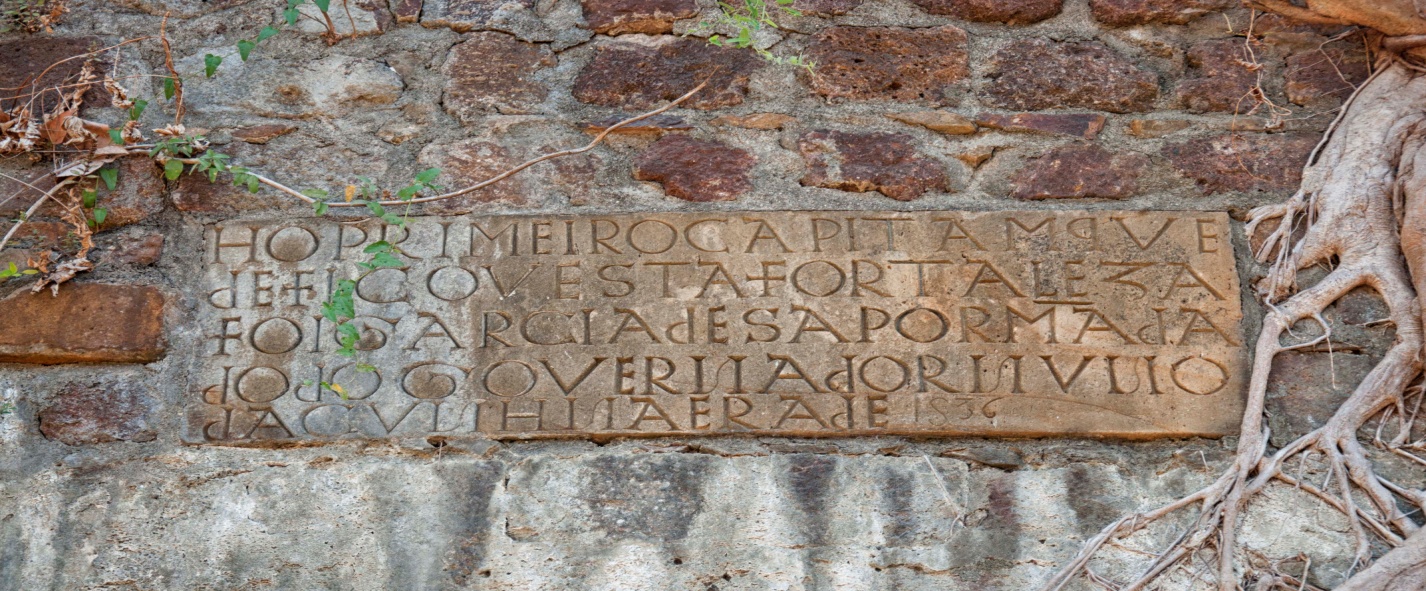
The fortress has 10 Bastions one land gate a sea gate a couple of side gates it also has a secret tunnel. The Portuguese were seafarers and had expertise around the sea; hence it was difficult to invade the fort from the seaside.
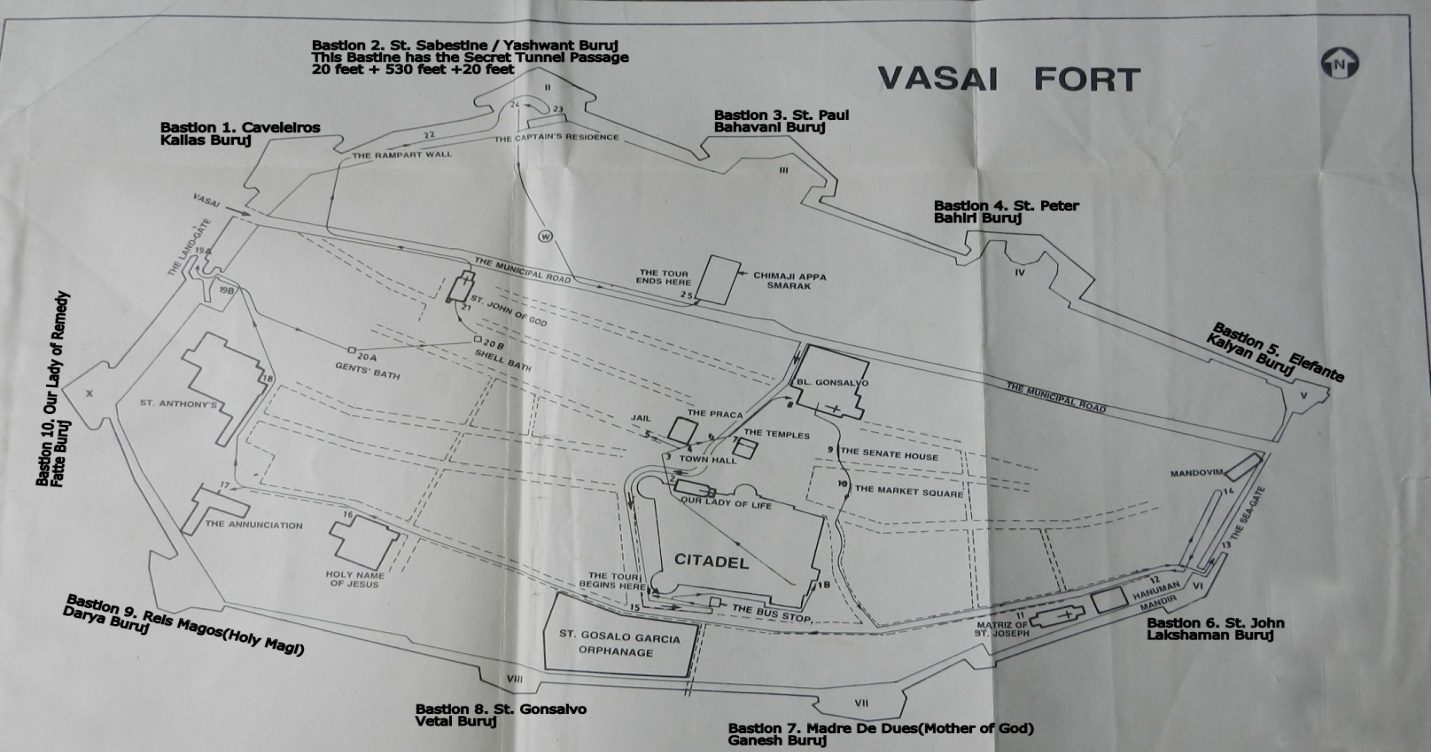

The bastions that were accessible by land then where Bastion 10 of the Remedy, Bastion 1 Cavaleiro and Bastion 2 St Sabestine. The Last Siege of Bassein was also placed across these 3 bastions. The Secret tunnel in the fort also runs across the Bastion 2 – St Sabestine.
While the siege was placed, underground mines were built touching the walls of the fort in the periphery of these 3 bastions. The blast of mines caused damage and loss of life on both sides. Finally, the Marathas entered the fort from damages caused near the wall of the bastion of Saint Sabestine (Bastion 2).
It appears that people were unaware of the fact during the siege the bastion of Saint Sabestine also had a secret tunnel running under it which also had 2 secret doors. They might have leveraged this fact in their advantage otherwise, but one can’t forget the fact that the entry was very narrow.
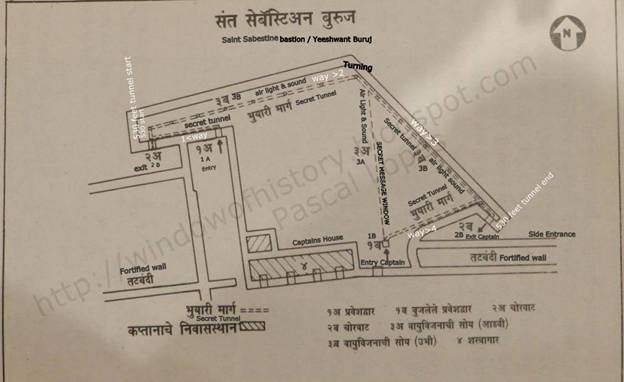
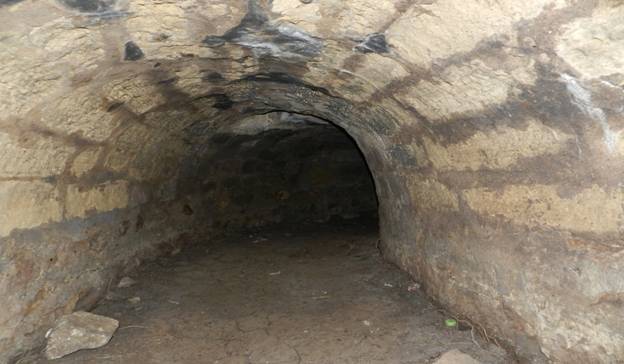
In the time of a siege, one of the things that become essential is food and storage. What helped the Portuguese in the earlier part of the siege was the availability of the Granary and storage, but as the siege continued longer shortage of essentials was noticed. The Granary and storage was part of and managed by the Mother Church.
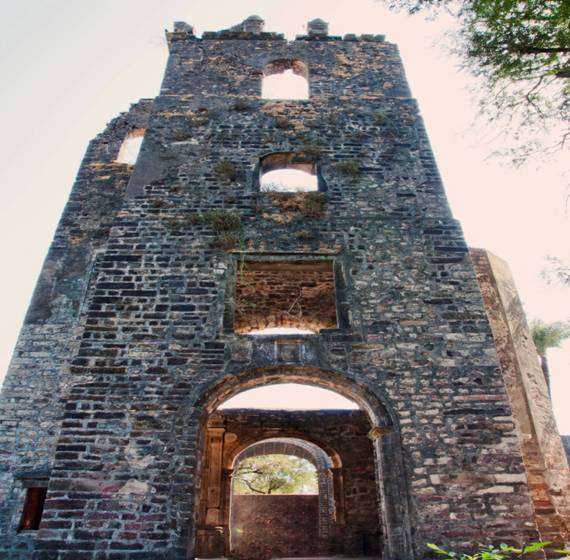
When the siege got tighter the Portuguese decided to call out peace and Treaty, The discussion around the treaty happened in the courtyard of the Saint Anthony’s church.
The fort was taken over by the Marathas in mid-May when the treaty was signed. Some of the church bells were carried as Victory symbols by the Marathas and deployed in various temples across Maharashtra.
